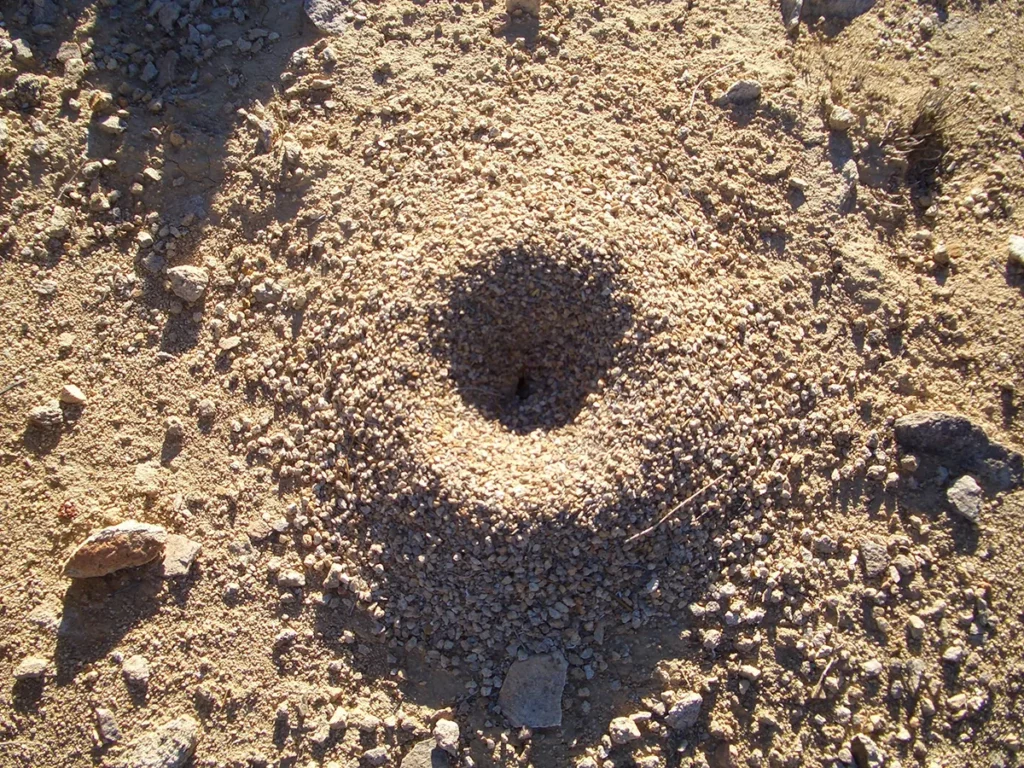Ant Hills: Exploring to the Homes of Ants
What are Ant Hills?
Ant hills are mounds of earth or soil created by ants to use as homes. These structures vary in size, shape, and location depending on the species. Some ant hills are underground, while others are built on the surface.
Ant hills are much more than just piles of dirt. They are a crucial component of ant colonies, serving as a nest, storage facility, and protection from predators and weather. They are also incredibly complex structures that have evolved over millions of years to suit the needs of different species.

Construction of Ant Hills
Ants build their homes using a combination of materials such as soil, sand, pebbles, twigs, and leaves. The construction process varies depending on the species, but generally, it involves the excavation of soil and debris to create a living space. Some ants, such as the Western Harvester ants, dig their homes as much as 15 feet underground, while others build their nests above the ground, creating towering clay structures.
The structure of an ant hill is far from random. Ants are meticulous architects and engineers, and their homes are built to suit their needs. Ants use their bodies to compact the soil and create tunnels and chambers. These chambers serve various functions, such as food storage, nurseries, and quarters for worker ants.
The construction of ant hills is a highly organized process, with different workers assigned specific tasks. Some ants are responsible for digging tunnels, while others transport materials or care for young. Through this division of labor, ant colonies are able to efficiently construct very complex structures.
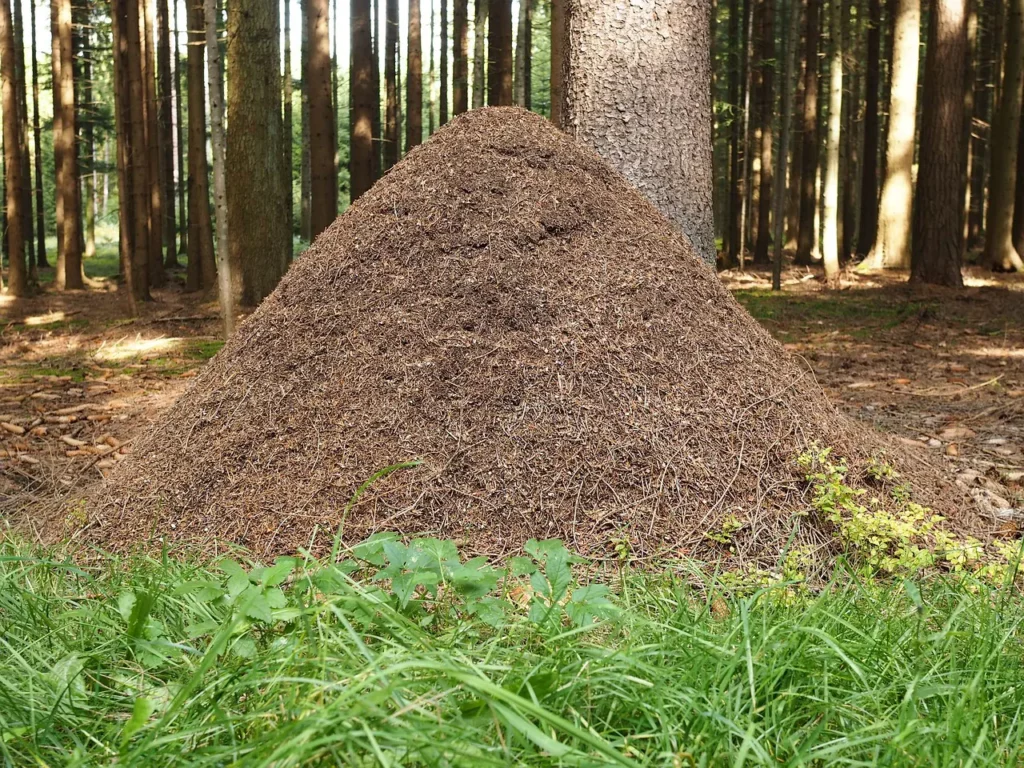
Purpose of Ant Hills
Ant hills serve several purposes, the most important of which is providing a suitable habitat for the ants. Ants are social creatures, and their homes act as a central hub for them.
Ant hills also play a crucial role in regulating the temperature and humidity within the nest. Ants are ectothermic creatures, which means that their body temperature is regulated by the environment. Ants move the brood to different parts of the ant hill to control the temperature and climate of the nest.
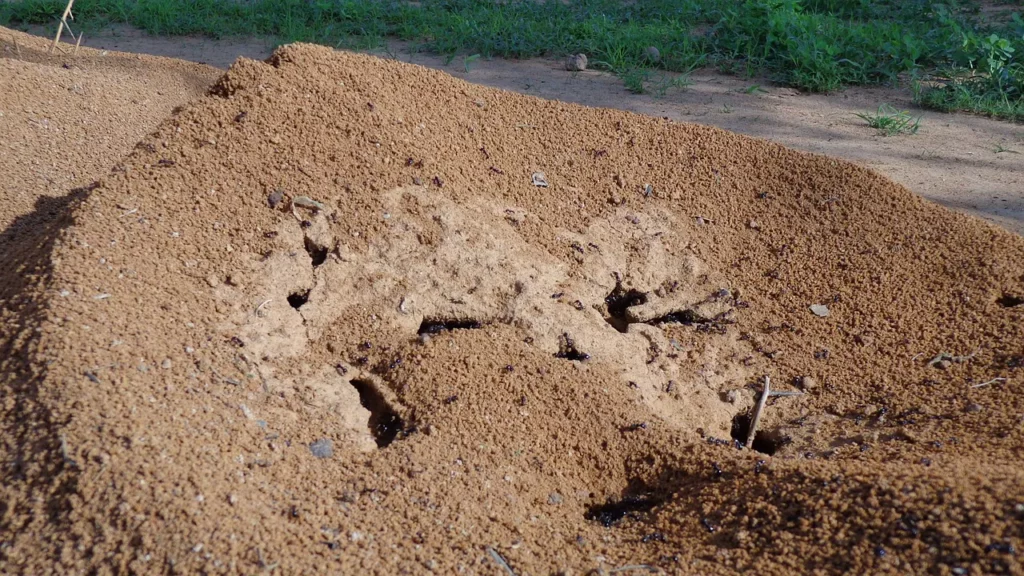
Types of Ant Hills
There are many different types of ant hills, each unique to the species. Here are a few of the most common types:
Types of Ant Hills
Types of Ant Hills
Types of Ant Hills
How do Ant Hills Prevent Flooding?
Ant hills prevent flooding by controlling the flow of water. They are built around the colony entrances and tamped down to help prevent rain from flooding the lower galleries. The tunnels in the ant hill direct water away from the colony and towards lower areas, creating a natural drainage system. The soil in and around the ant hill can also absorb excess water, preventing it from flooding other areas.
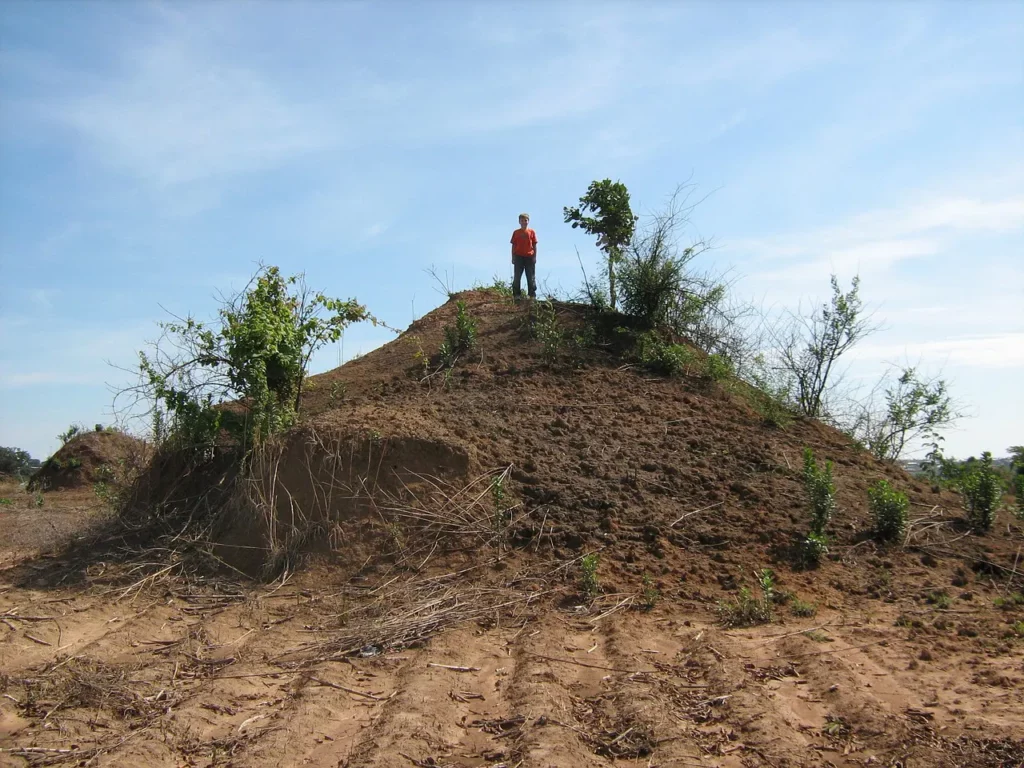
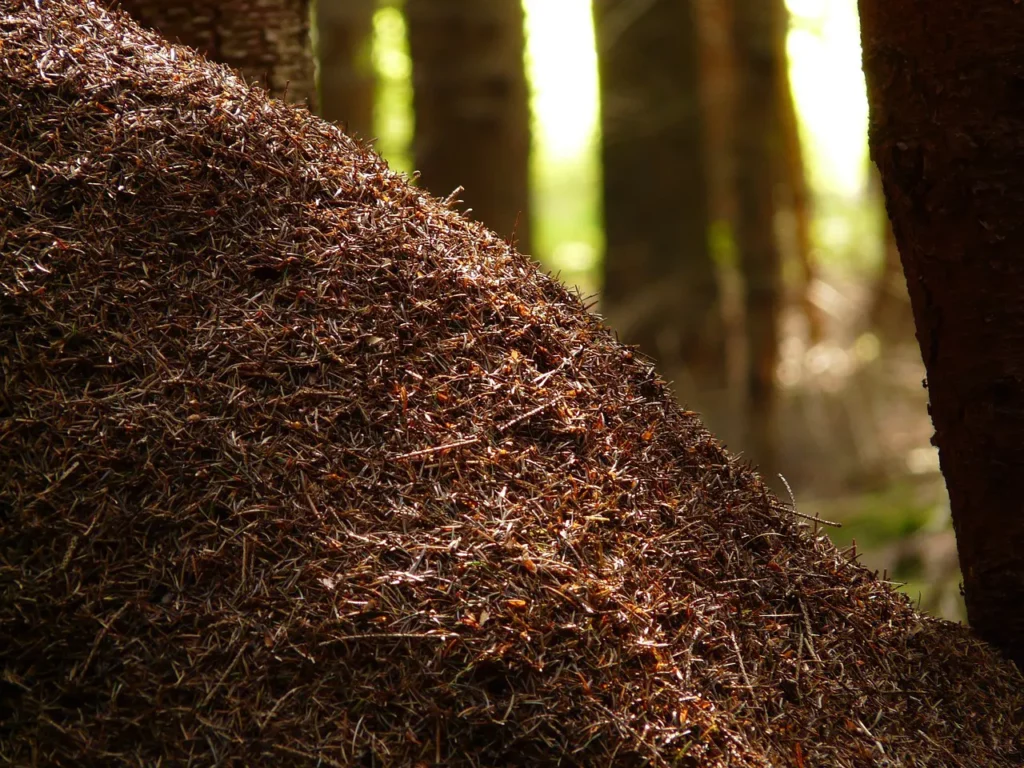
Ant Hill FAQs
- Are ant hills harmful? Ant hills may damage lawns and gardens but are generally not harmful. However, some ant species may bite or sting if provoked.
- Why do ants build ant hills? Ants build ant hills to protect themselves and their young, as well as to control the temperature and climate of the colony.
- Can ant hills be beneficial? Ant hills can serve as a natural flood prevention system and can also improve soil quality by aerating and fertilizing the soil.
